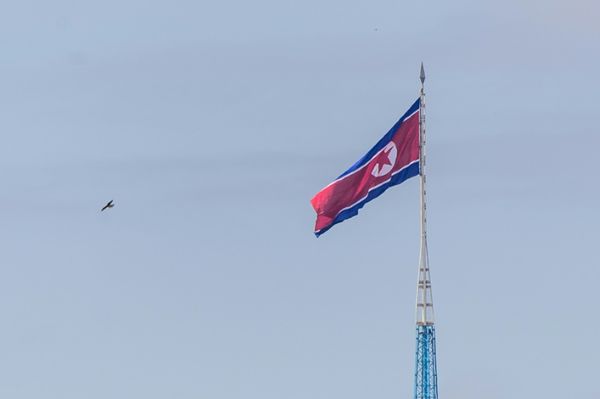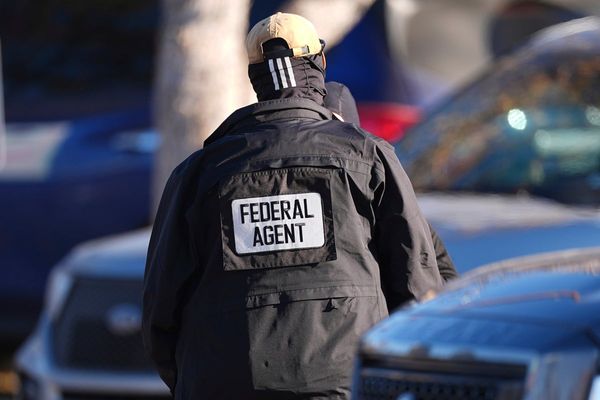
Our sense of unease arose slowly. Initially it was inspired by nothing more than the maze of rat runs through the lank grass – a warren of paths spreading outwards in all directions. Who could have made these, was our first question. It might have been rabbits, but every step was marked by a slug-like dark squidge streaked with urea: bird excrement.
Suddenly, here was the source, and instinctively your eye was drawn to the distilled beauty of a camouflaged plumage. Except that any aesthetic sense was at odds with the weirdness of the birds’ behaviour. Pheasants – dozens, scores, hundreds eventually – careered off, but not in a single line driven by instinct. They ran in loops as if they had no idea whether they should come towards us as domesticated stock, or run away as wild animals.
Alas, there was nothing wild about the birds. They seemed alienated not only from us but also from themselves, as if they had no place without or within. They were confused and distressed, and where they had moved en masse, such as at the margins to the fenced enclosure, the ground was worn bare by repetitive behaviour. If birds can be mentally ill – and why not? – these are surely the symptoms.
I’ve heard of shooting estates where they “put down” – the telling phrase – tens of thousands of pheasants, but this was my first raw encounter with the reality. The overriding question it prompts is how has “sporting” Britain come to this dark extremity? In total nationwide 40 million non-native pheasants are now set free. There is something profoundly appropriate that we had added up the weight of this alien mass dumped on the country. It is 41,000 tonnes.
There is so little connection with the subsistence origins of real hunting that the meat of these farmed fowl is apparently not even eaten, certainly not by those who kill them. Partly one assumes because, like the places in which the pheasants are slaughtered, the flesh is rendered toxic by leadshot. It seems of a piece with the industrialised death implicit in these country businesses that the spent carcasses are often burnt in incinerators.
• Country diary is on Twitter at @gdncountrydiary
• Under the Changing Skies: The Best of the Guardian’s Country Diary, 2018-2024 (Guardian Faber) is published on 26 September; pre-order now at the guardianbookshop.com and get a 20% discount







